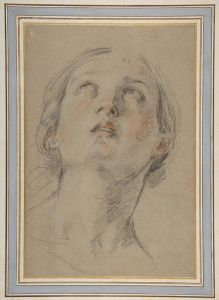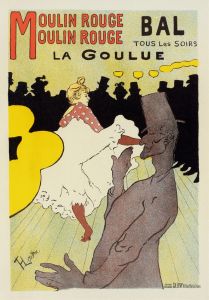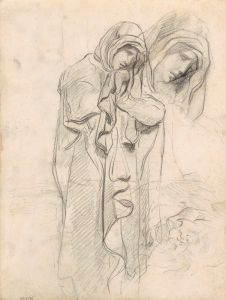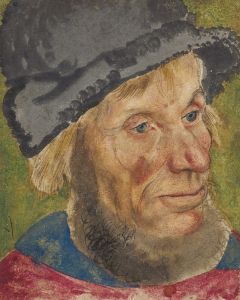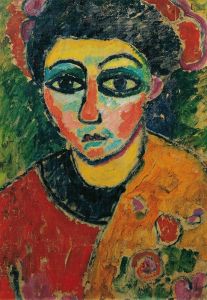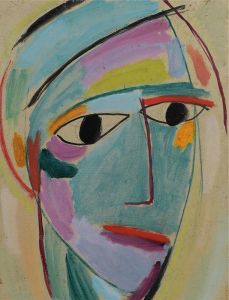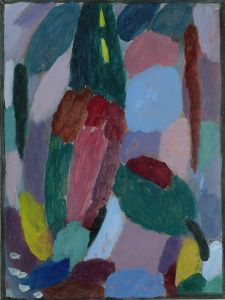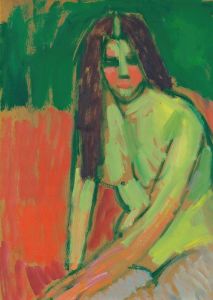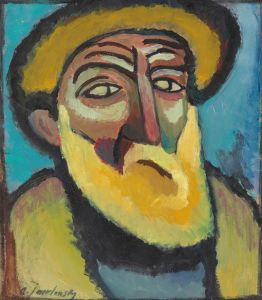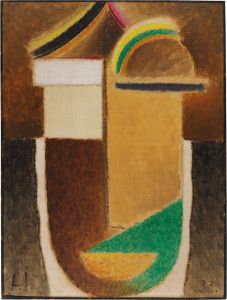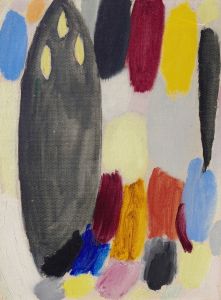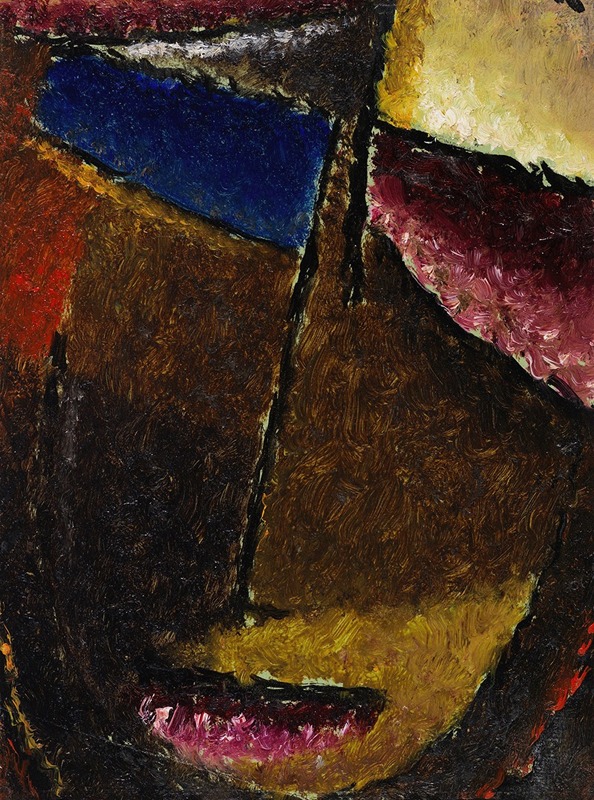
Kleiner abstrakter Kopf
A hand-painted replica of Alexej von Jawlensky’s masterpiece Kleiner abstrakter Kopf, meticulously crafted by professional artists to capture the true essence of the original. Each piece is created with museum-quality canvas and rare mineral pigments, carefully painted by experienced artists with delicate brushstrokes and rich, layered colors to perfectly recreate the texture of the original artwork. Unlike machine-printed reproductions, this hand-painted version brings the painting to life, infused with the artist’s emotions and skill in every stroke. Whether for personal collection or home decoration, it instantly elevates the artistic atmosphere of any space.
"Kleiner abstrakter Kopf" (Small Abstract Head) is a painting by the Russian artist Alexej von Jawlensky, created in 1917. Jawlensky was a key figure in the Expressionist movement and a member of the Blue Rider (Der Blaue Reiter) group, which was founded in Munich in 1911. This group included other notable artists such as Wassily Kandinsky and Franz Marc. Jawlensky's work is characterized by its vibrant use of color and abstract forms, and "Kleiner abstrakter Kopf" is a prime example of his mature style.
The painting "Kleiner abstrakter Kopf" is part of Jawlensky's series of abstract heads, which he began developing around 1916. These works are known for their simplified, geometric forms and bold, expressive use of color. In this series, Jawlensky sought to convey spiritual and emotional states through abstraction, moving away from representational art to focus on the inner essence of the subject.
"Kleiner abstrakter Kopf" features a stylized human face, reduced to its essential elements. The face is composed of simple shapes and lines, with a strong emphasis on symmetry and balance. The use of color in this painting is particularly striking, with vibrant hues of red, blue, yellow, and green creating a dynamic interplay of contrasts. The colors are applied in broad, flat areas, giving the painting a sense of immediacy and intensity.
Jawlensky's abstract heads are often seen as a reflection of his interest in spirituality and the inner life. He was influenced by the teachings of the Russian Orthodox Church, as well as by the writings of theosophists such as Helena Blavatsky. These influences are evident in the meditative quality of his abstract heads, which invite the viewer to contemplate the deeper meanings behind the simplified forms.
The year 1917, when "Kleiner abstrakter Kopf" was created, was a tumultuous time for Jawlensky. The First World War had a significant impact on his life and work. As a Russian living in Germany, he faced internment and was forced to move several times during the war years. Despite these challenges, he continued to paint and develop his unique artistic vision.
Jawlensky's work, including "Kleiner abstrakter Kopf," has been widely exhibited and is held in numerous public and private collections around the world. His contributions to the development of abstract art and Expressionism have been recognized as significant, and his paintings continue to be studied and admired for their innovative use of color and form.
In summary, "Kleiner abstrakter Kopf" by Alexej von Jawlensky is a notable example of the artist's abstract head series, created in 1917. The painting exemplifies Jawlensky's mature style, characterized by simplified forms, bold colors, and a focus on spiritual and emotional expression. Despite the challenges of the First World War, Jawlensky continued to produce work that has had a lasting impact on the history of modern art.





